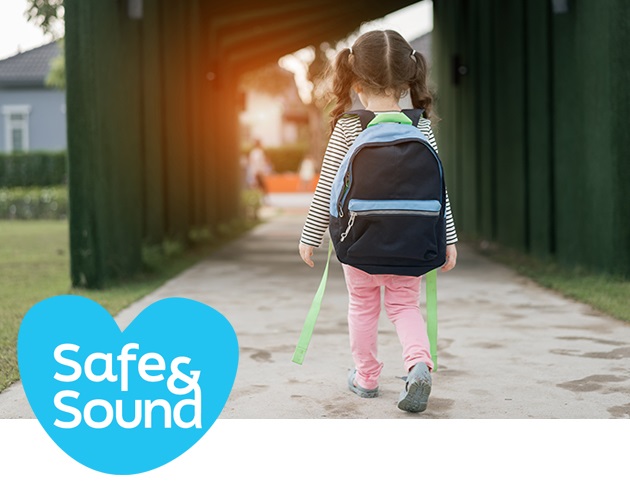- 541-734-KIDS (5437)
- Report Abuse

Welcome to Day 12 of Safe & Sound!
Yesterday, we talked about the facts of child sexual abuse. If you found those statistics depressing, take heart. Today, we’re looking at two key ways we can do to change those numbers and prevent child sexual abuse.
As an adult, prevention starts with you. And prevention can make a difference. Consider this: a staggering 95% of all instances of child abuse are preventable. You just need to know what to look for and be clear how to respond when something isn’t right.
We learned yesterday that more than 80% of the time, sexual abuse occurs away from watchful eyes. So prevention focuses on reducing opportunities for adults and older youth to be alone with kids. Minimizing opportunities for abuse requires you to look harder at built environments and situational environments.
Built environments refer to physical locations, i.e. your child’s school, gym, friend’s house, home, etc. When you are looking at the built environment through the lens of child sexual abuse prevention, you are looking for blind spots. Many buildings, like those used for schools, have specific codes that are designed to eliminate blind spots. For example, classroom doors must have windows.
When it comes to a home, it gets a bit trickier to address blind spots. Homes are designed for privacy. You have a door with a lock to a bathroom or bedroom. You might have multiple closets. You may even have separate floors or a basement.
One way to address these blind spots in a home is through house rules. They can vary from, “You need to keep your door ajar when someone else is in your room,” to “You must be in a public space (like the living room) when you have a friend over.” The rules can and will vary from family to family and house to house. The point is to minimize opportunities for uncomfortable, unsafe, or inappropriate situations to occur.
Situational environments refer to the boundaries that surround specific situations. For example, if one of your house rules is your child can’t play in the bonus room with only one adult at a family get together and you see this happening, address the situation using the following steps:
Whenever you spot a boundary violation, make sure you address the adult or the older youth that is crossing the boundary. You do this to keep your child from feeling as if the violation is somehow their fault or that they are getting “in trouble.” Please note: when these situations happen, oftentimes it is not because the adult or older youth has any bad intentions. Rather, they might not know the rule(s) they are breaking or the boundaries they are crossing. By addressing the situation with the above steps, you are not drawing attention to the matter in a way that assigns blame or suspicion. However, if you notice that boundaries continued to be crossed by the same individual, especially after being redirected and told to stop, then you have reasonable suspicion to report on the matter. We will touch more on reporting on Day 15.
That’s it for Day 12! See you tomorrow!